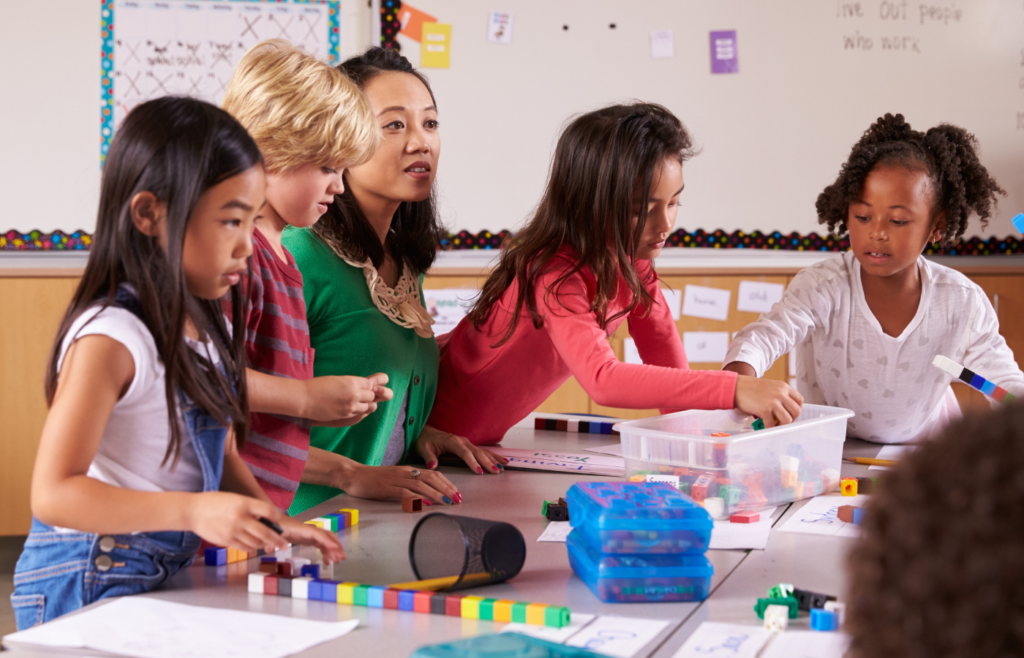The Benefits of Small Class Sizes for Your Student

Do small class sizes really make a big difference? In all of the debate about whether students in public schools and higher education today are learning as much as they should, one fact is clear: Classes with just 7 to 20 students are more likely to foster real conversations between students and teachers. In a small class, students have more one-on-one time with the instructor, and they are less likely to feel lost in the crowd. They’re more likely to get the extra help they need. And, most important, they are more likely to learn a subject well enough to think about applying it in future course work and jobs.
To see the difference, just compare public-school students who attend class sizes of 20 to 25 with those who attend classes that have 35 or more. Most educators agree that we will continue to run into problems in schools and colleges as long as average class size is above 20: Students simply don’t get enough individual attention from their teachers. That’s not to say that classes with more than 25 students are necessarily ineffective. In fact, it might be possible for a particularly talented teacher to manage a class of 35 and still give each student the attention he or she needs. But teachers who manage such large classes have usually undergone special training–training that most college and secondary-school instructors do not have. And class sizes of 35 are never easy to handle, especially when the students don’t want to learn or have serious problems in their own lives that make them difficult children. It’s also worth noting that class size has a particularly strong effect on the learning of disadvantaged students, who may already be academically behind at the start of high school; these students seem to need more individual attention.
In any case, most parents would probably say that they want their children to learn as much as possible in school, and experience suggests that this won’t happen unless class size is kept down.
Research has shown that in general, students will learn most if they are given individual attention–that is, if they have the opportunity to ask questions of their teachers and receive feedback. That doesn’t mean just giving answers to them or praising good work; it means actually working with the student to fix incorrect answers, to correct any mistakes in concept or logic, and to explain how the material presented ties into what has already been learned. And beyond just answering questions, teachers also need enough time–that is, there must be a chance for real back-and-forth discussion between the teacher and the students.
This kind of interaction can only happen when the class is small. It’s simply not feasible, for example, to try teaching a class of 100 students with this kind of hands-on attention. And while it might be possible to give each student individual attention in a class that had 35 or fewer students, most schools and colleges are overcrowded today and have difficulties supporting even an average-sized class.
In many ways, it’s ironic that while the United States invests so much money and effort into investigating cutting-edge treatments for cancer, AIDS, and heart disease, it does not do enough to figure out how best to teach students in our schools and colleges–the future work force of this country. We should invest more in understanding how students learn and what teachers need to teach them. And we should base our funding and staffing decisions on that information, not on political correctness or other factors that are irrelevant for learning in the classroom.
Final Thoughts
Students learn best when they receive individual attention from their teachers. That’s not to say, however, that a teacher must be physically present in the room with them–perhaps a specially trained group of “teacher’s assistants” could deliver the lessons via satellite or other electronic means; perhaps a computerized teaching machine could work out logical problems and then present them to students. But the crux of the matter is that attention means personal interaction between the student and a teacher or teaching assistant, not just having someone make sure they do their homework; it also means giving each student a chance to ask questions and receive help and advice when needed.




